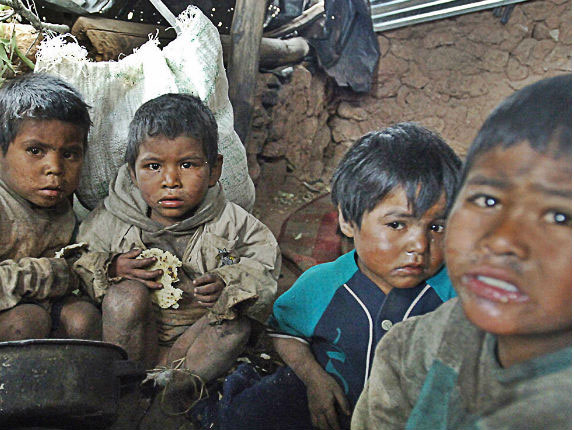“Today, there are more children in need of humanitarian assistance than at any other time in recent history,” said UNICEF Executive Director Catherine Russell. “Across the globe, they are facing a deadly mix of crises, from conflict and displacement to disease outbreaks and soaring rates of malnutrition. Meanwhile, climate change is making these crises worse and unleashing new ones. It is critical that we have the right support in place to reach children with decisive and timely humanitarian action.”
This year began with an estimated 274 million people in need of humanitarian assistance and protection. Throughout the year, these needs grew considerably, largely due to conflict, including the war in Ukraine; to rising food insecurity; to threats of famine brought about by climate-related and other factors; and to the devastating floods in Pakistan. Around the world, a resurgence of disease outbreaks including cholera and measles bring an additional danger to children in emergencies.
The lingering effects of the Covid-19 pandemic, and global economic disruption and instability, including inflation and the rising cost of food and fuel, have had a devastating impact on the lives and wellbeing of millions of the world’s most vulnerable children.
Climate change is also worsening the scale and intensity of emergencies. The last 10 years were the hottest on record and the number of climate-related disasters has tripled in the last 30 years. Today, over 400 million children live in areas of high or extremely high-water vulnerability.
At the same time, children are crossing borders in record numbers, with their families or separated from them, or unaccompanied. Altogether, nearly 37 million children worldwide are displaced due to cascading crises, a level of displaced children not seen since the Second World War.
According to UNICEF, the top five appeals by funding requirements for 2023 are for Afghanistan, Ukraine and refugee response, Syrian refugee crisis, Democratic Republic of Congo and Ethiopia.
Pll/jcm/lpn










